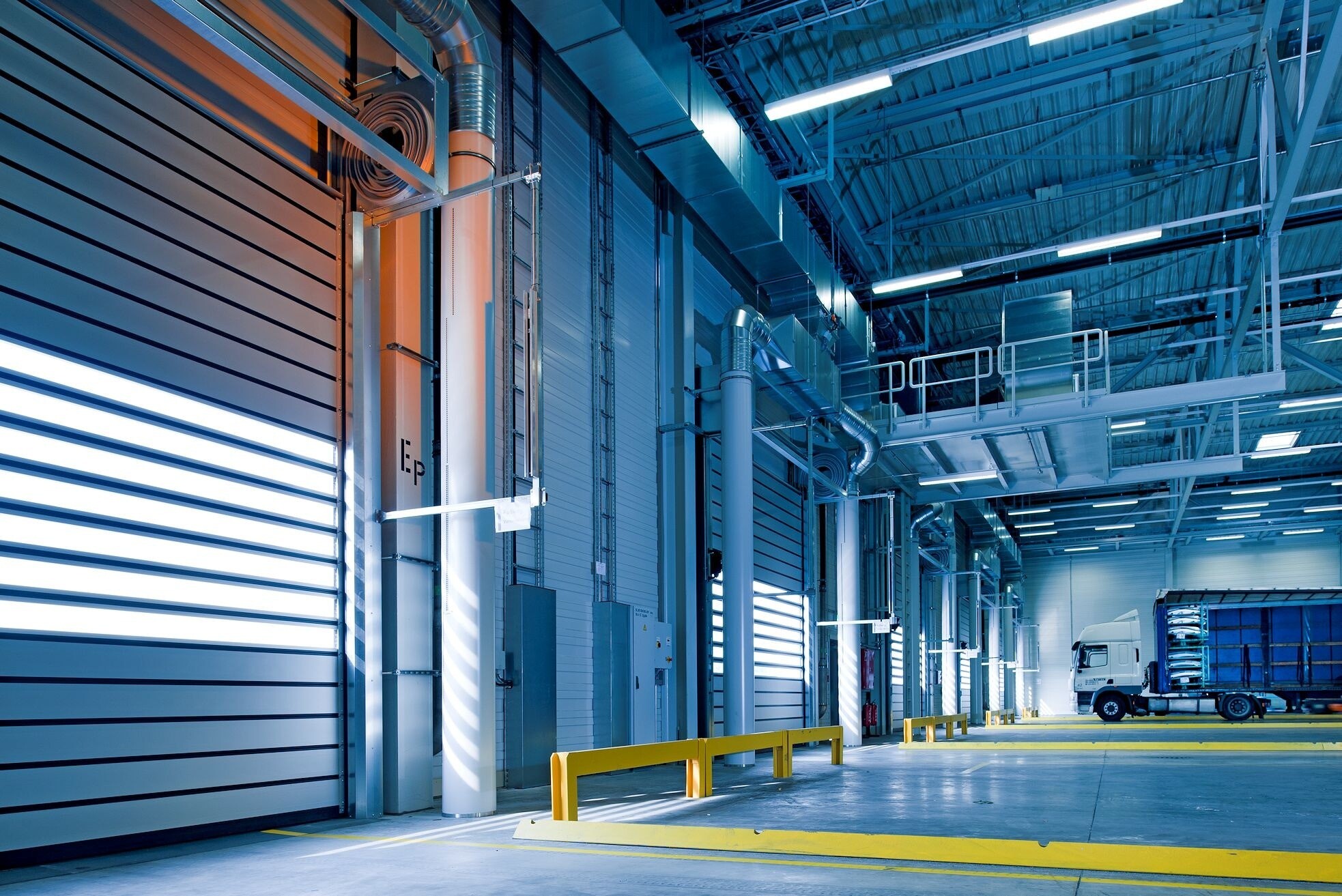- Manufacturing -
 Stainless steel in Medical equipment manufacturing
Stainless steel in Medical equipment manufacturingStainless steel is not only used in construction and, manufacturing. it is a well-suited metal for the medical industry. Medical industry products require extra inspections to pass the standards. stainless steel in one of the metal that stands out the tests and provide the best result. The medical industry has a high requirement for sanitization and cleanliness. that’s the reason you will find stainless steel in the hospital environment. Stainless steel in know for its corrosion resistance property. when it comes to the medical industry, equipment having rust is dangerous to the patients and a small infection can create very serious medical problems. stainless steel solves this problem very well. Stainless steel is a product that is used in many industries. like construction, automobiles, aerospace, nuclear reactors and these are the industry require the most durable materials. The medical industry is not an exception. Equipment created with it is very durable in the usage of medical industries. some examples are structures, beds, wheelchairs and more.
More Content Stainless steel in Offshore and shipbuilding
Stainless steel in Offshore and shipbuildingSteel used for shipbuilding requires special properties that allow ships to withstand the load from their hulls and cargo therein as well as other external forces that the ships might experience during their voyage. Our products intended for this industry are typically used for regular ships, naval ships and special vessels. With advances being made in technology and more trade volume, ships are getting larger and larger. Meanwhile, naval ships require weight reduction and greater performance. Generally, there are various vessels, such as oil tankers, bulk carriers, container ships and LNG carriers, and with the development of technology, the increase in shipments requires ships to be large and operate safely in harsh marine environments, such as rough waves and strong winds, and thus must meet strict requirements such as high strength, CTOD(Crack Tip Opening Displacement) and BCA(Brittle Crack Arrest).BAOWU supplies world top premium steel, including steel plate for low temperature pressure vessels, 9% Ni steel, high manganese steel, steel plate for shipbuilding and stainless steel.
More Content Stainless steel in Automotive manufacturing
Stainless steel in Automotive manufacturingMore and more when it comes to safety features, we are finding stainless steel this material becomes the central focus due to its compelling properties for durable, efficient, cost effective structural vehicle design. Stainless for decorative trim is one of the unsung, but lauded uses of this corrosion resistant material. So stainless steel applications are the proven, cost effective, and durable choice. Due to the material’s outstanding resistance to corrosion, the ever present problem of corroded, rotting exhaust systems and catalytic converters is resolved with the use of stainless steel . In the automotive industry, this material comprises 45 to 50 percent of all exhaust systems. Other applications include uses as the primary lightweight structural material for integral components like fuel tanks, bumpers or chassis. Internal structural framework for doors, trunk lids, and hoods are other practical uses. The very composition of the duplex variety of stainless makes it almost twice as strong as the regular versions, like ferritic and austenitic stainless steel.
More Content Stainless steel in Architecture and construction
Stainless steel in Architecture and constructionStainless steel is used in all aspects of architecture, building and construction. While it has been used in this industry since the 1920’s and is not a new material, stainless steel’s use and range of applications has been growing. Some applications are highly visible and stainless steel is both aesthetic and functional, such as curtain wall and roofing. Others are practical, safety related and sometimes hidden, like masonry and stone anchors, bollards and safety railings. The number of different stainless steel alloys used in building and construction has expanded. The more highly alloyed molybdenum containing stainless steels are preferred by leading architectural and landscape design and structural engineering firms for more corrosive locations because of their enhanced corrosion resistance.
More Content Industrial applications of stainless steel
Industrial applications of stainless steelWhile stainless steel’s use in every day applications such as cutlery, medical devices, and automobiles has been well documented, heavy industry is also an area that has been transformed by the proliferation of this revolutionary metal. When we’re talking about heavy industry, we’re referring to any sector that relies on large equipment, facilities, and complexes. Traditionally, this has included large-scale construction, steelmaking, mining, shipbuilding, and aircraft manufacturing. It also involves energy production and refining, as with oil and gas, hydroelectric, and nuclear power, along with long distance energy transmission. When it comes to applications in the energy industry, one of the primary concerns is corrosion resistance. This is because materials are frequently (and sometimes constantly) exposed to high temperatures, harsh environments, and radiation. Oxidation resistance becomes a critical concern, as the lifetime for energy generation facilities, which represent huge investments for the owners, are expected to exceed fifty or more years in many cases.
More Content

Please give us a message





